- Details
- Written by: By Hannah Oswalt
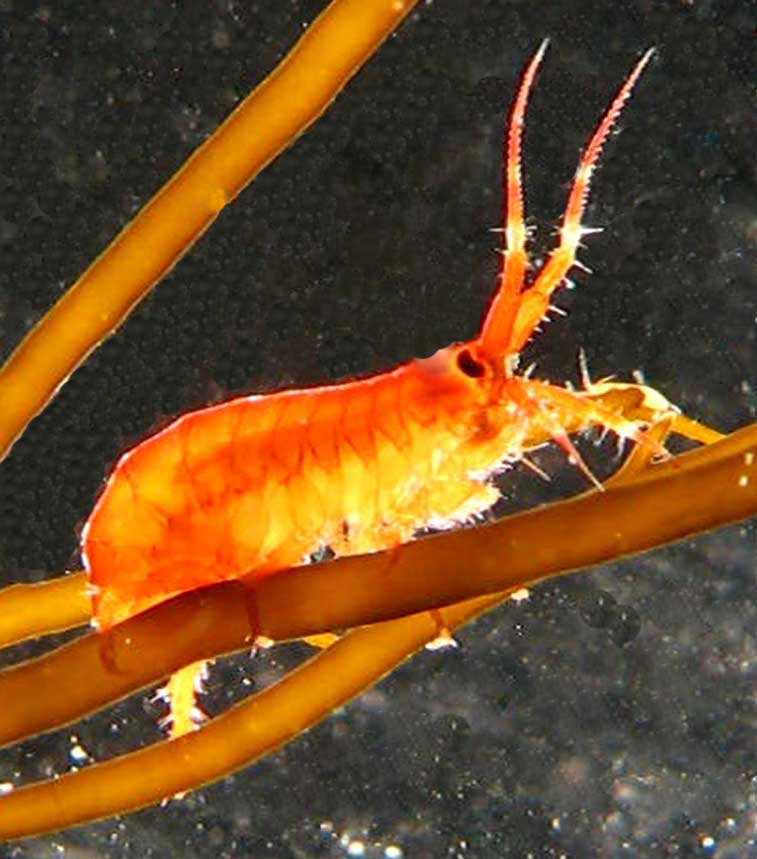
The last time we talked, I briefly mentioned the objective of our experiment for this field season. If you don’t remember, let me refresh your memory.
- Details
- Written by: Charles Amsler
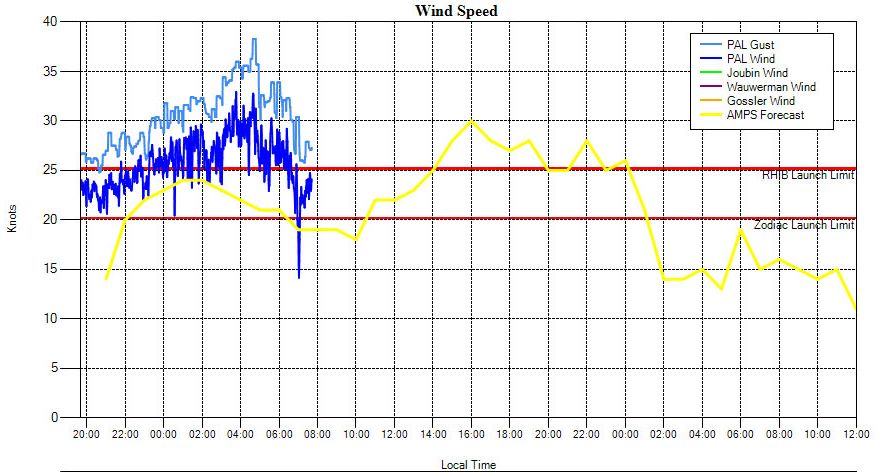 I had planned for this post to be about diving, but we’ve done much less of it so far than expected. Why you might ask? Because of the weather.
I had planned for this post to be about diving, but we’ve done much less of it so far than expected. Why you might ask? Because of the weather.
- Details
- Written by: Jim McClintock
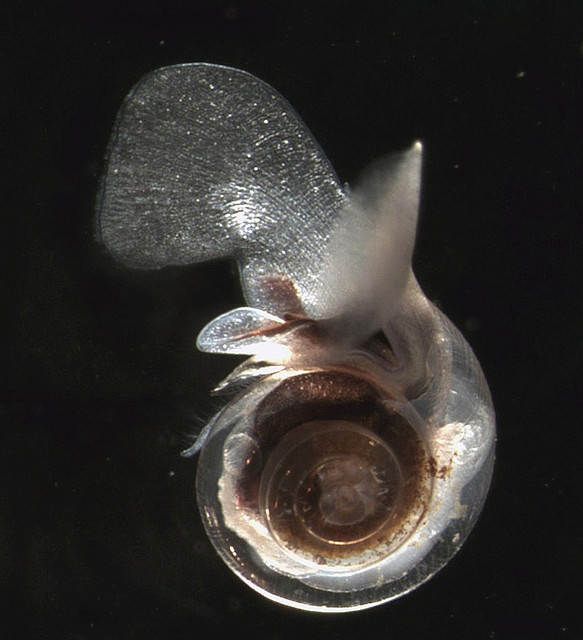 I am going to expand on the excellent introduction Hannah gave you to the science of ocean acidification (OA) in an earlier blog. In doing so, I will highlight some of the bigger picture implications of ocean acidification globally. I will focus on two different cold-water geographic regions of the world and for each briefly highlight the impacts of ocean acidification on key, ecologically or economically (or both) important marine organisms. Both regions are ‘hot spots’ for ocean acidification.
I am going to expand on the excellent introduction Hannah gave you to the science of ocean acidification (OA) in an earlier blog. In doing so, I will highlight some of the bigger picture implications of ocean acidification globally. I will focus on two different cold-water geographic regions of the world and for each briefly highlight the impacts of ocean acidification on key, ecologically or economically (or both) important marine organisms. Both regions are ‘hot spots’ for ocean acidification.
- Details
- Written by: Addie Knight
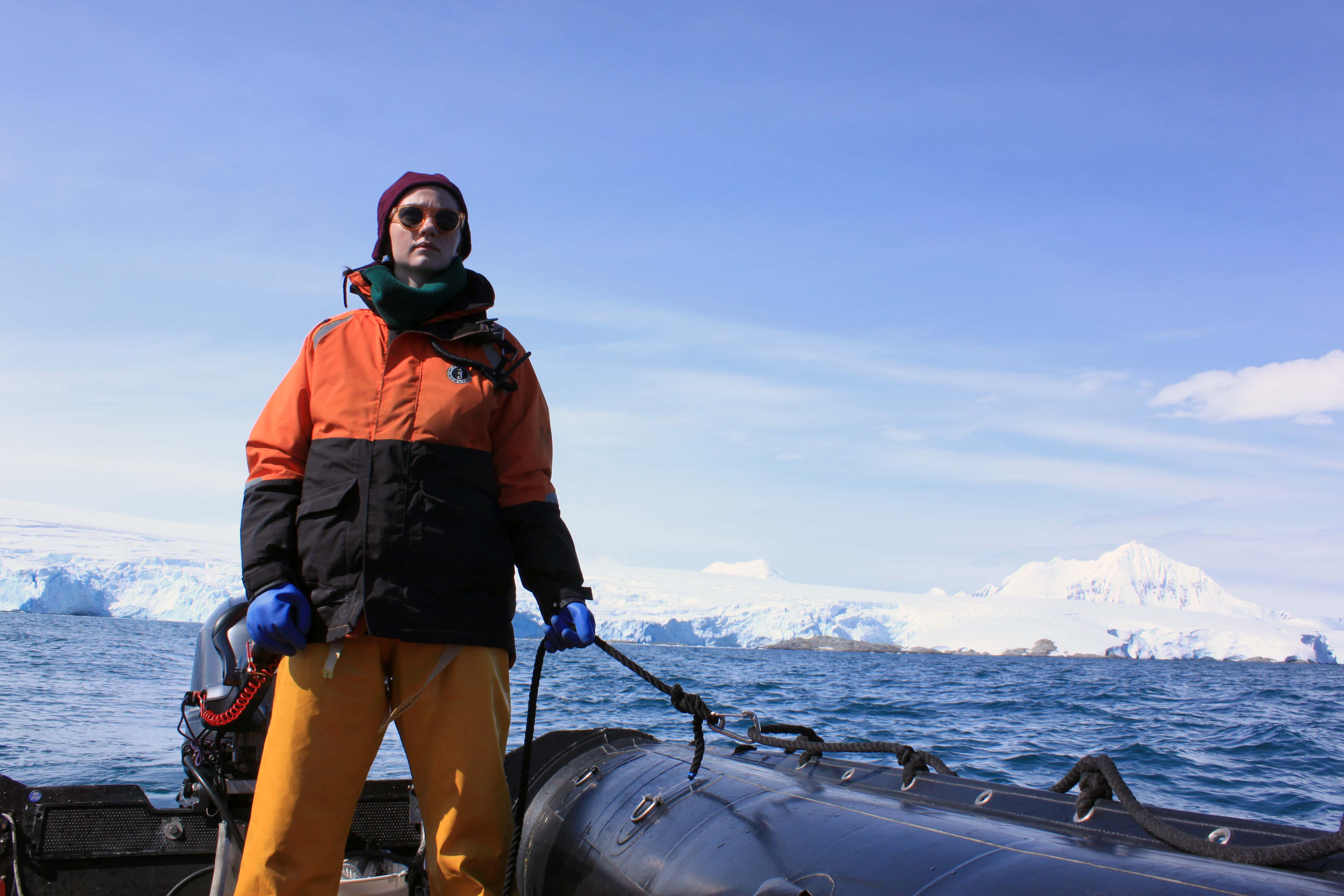 After settling in, the team began preparing for our first dives, and there was a lot for me to learn. We practiced setting up a tent and starting a camp stove in case we could not get back to station due to weather and had to seek refuge on an island. We also learned how to tie various hitches and knots for use on the zodiac boats.
After settling in, the team began preparing for our first dives, and there was a lot for me to learn. We practiced setting up a tent and starting a camp stove in case we could not get back to station due to weather and had to seek refuge on an island. We also learned how to tie various hitches and knots for use on the zodiac boats.
- Details
- Written by: Hannah Oswalt
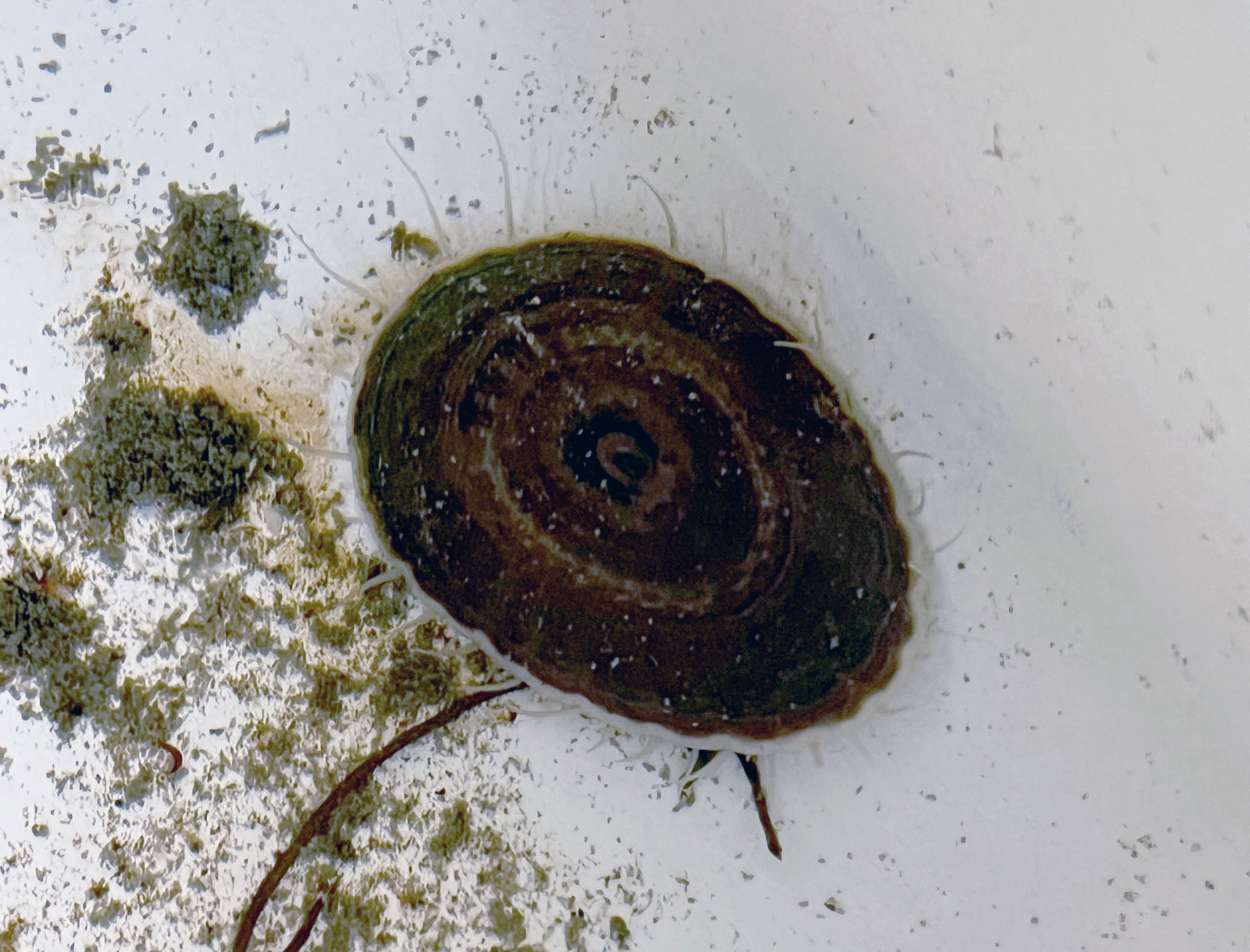 It’s a cold winter’s morning. You sit in the driver’s seat of a car and turn on the engine, giving it a few minutes to warm up before making your morning commute. Perhaps, instead of a car, you are on a bus, train, or plane. In all of these scenarios, you are producing a common thing. Carbon dioxide (CO2).
It’s a cold winter’s morning. You sit in the driver’s seat of a car and turn on the engine, giving it a few minutes to warm up before making your morning commute. Perhaps, instead of a car, you are on a bus, train, or plane. In all of these scenarios, you are producing a common thing. Carbon dioxide (CO2).
- Details
- Written by: Maggie Amsler
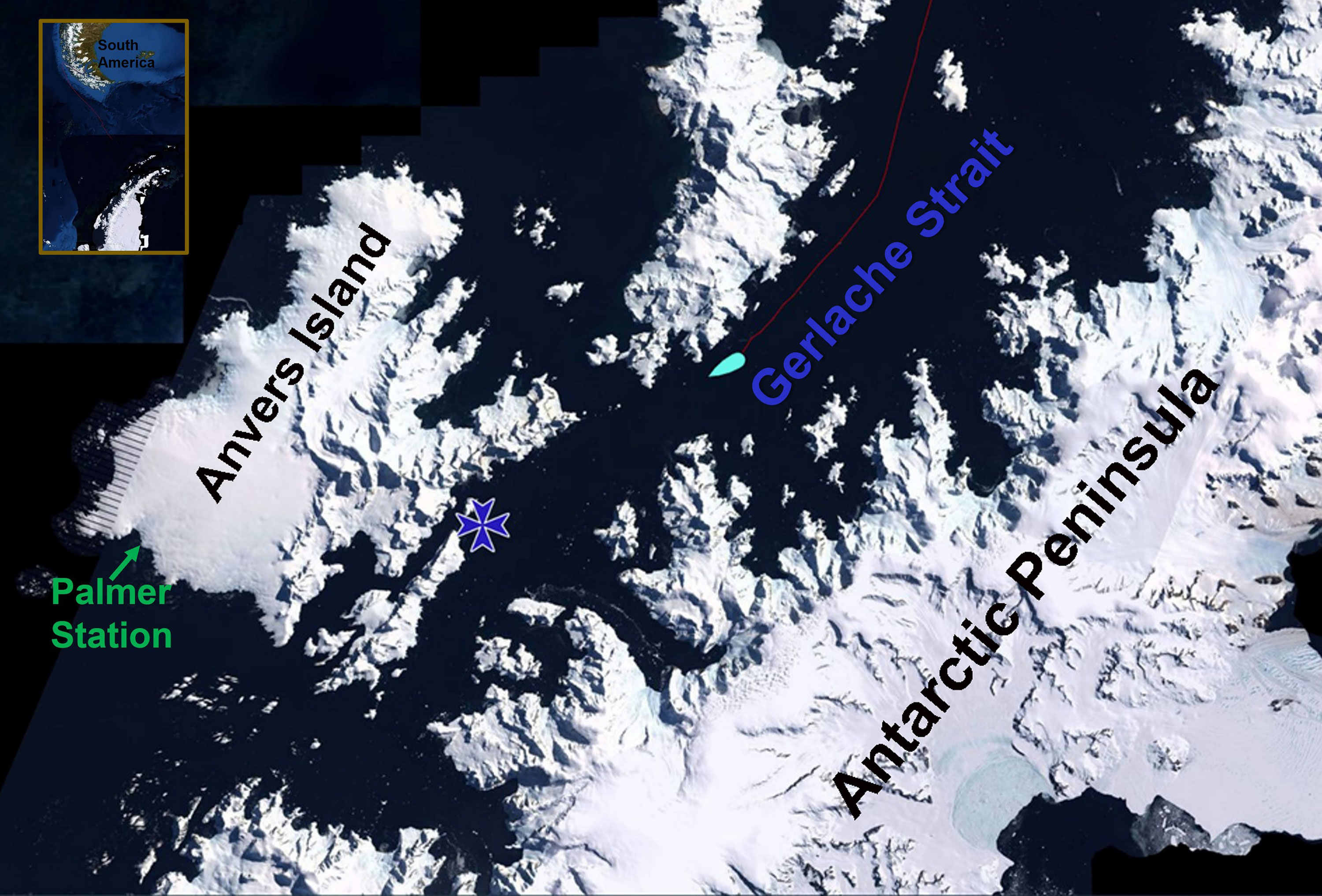
I felt like a cuckoo clock the night before we reached Palmer Station. As I slept in the top bunk of my cabin, seemingly on the hour I woke and sat up wondering if we were there yet. Peering out the porthole conveniently located at mattress level by my knees I could see our ship, the Laurence M. Gould (LMG) was still a ways offshore to go yet. Back to sleep.
- Details
- Written by: Addie Knight
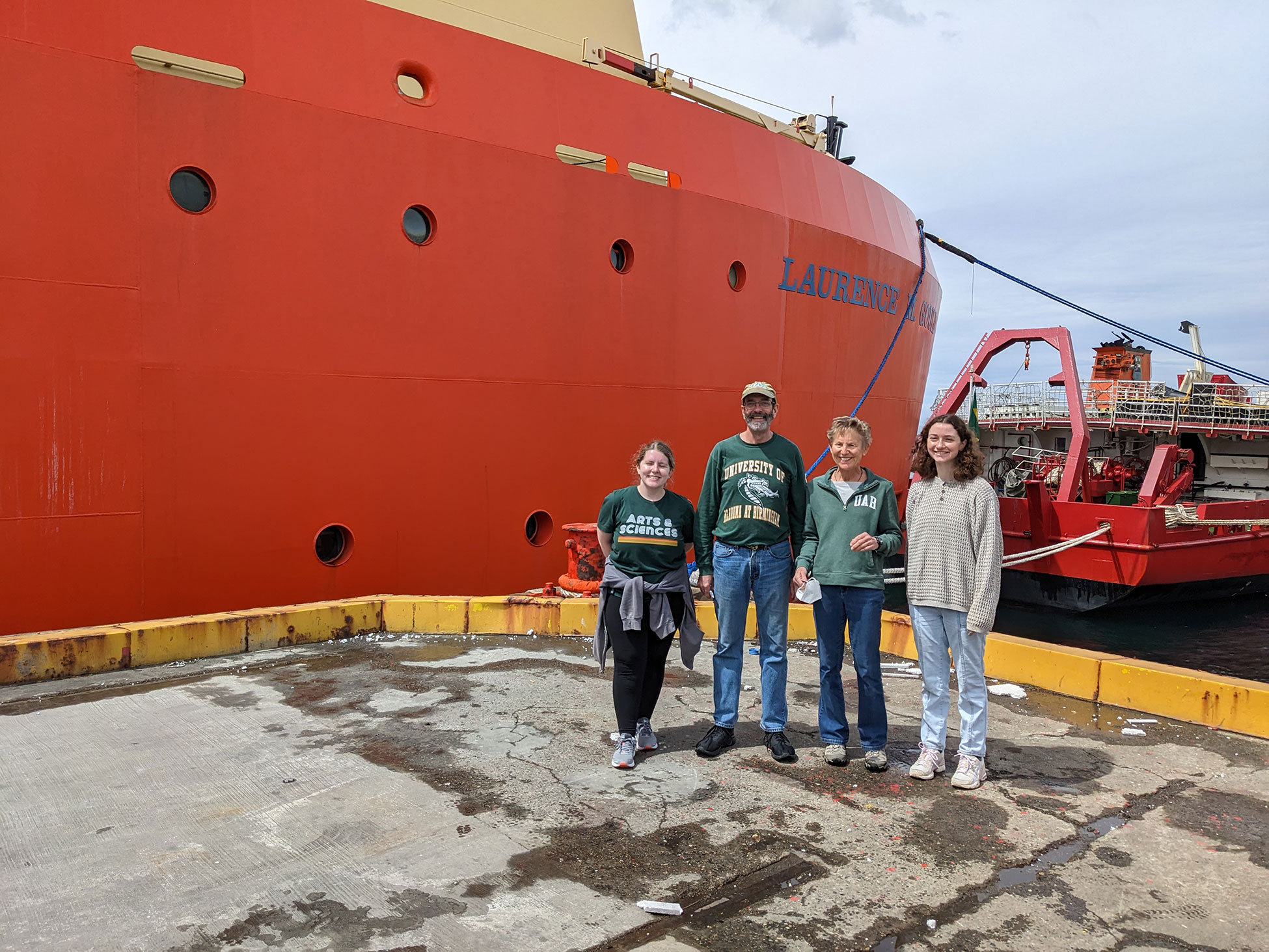 When our group (Chuck, Maggie, Hannah, and I) boarded the LMG, more formally known as Laurence M. Gould, the ship which would take us from Punta Arenas to Palmer Station, I thought that it felt much more like a boat than any other boat I’ve been on.
When our group (Chuck, Maggie, Hannah, and I) boarded the LMG, more formally known as Laurence M. Gould, the ship which would take us from Punta Arenas to Palmer Station, I thought that it felt much more like a boat than any other boat I’ve been on.
- Details
- Written by: Hannah Oswalt
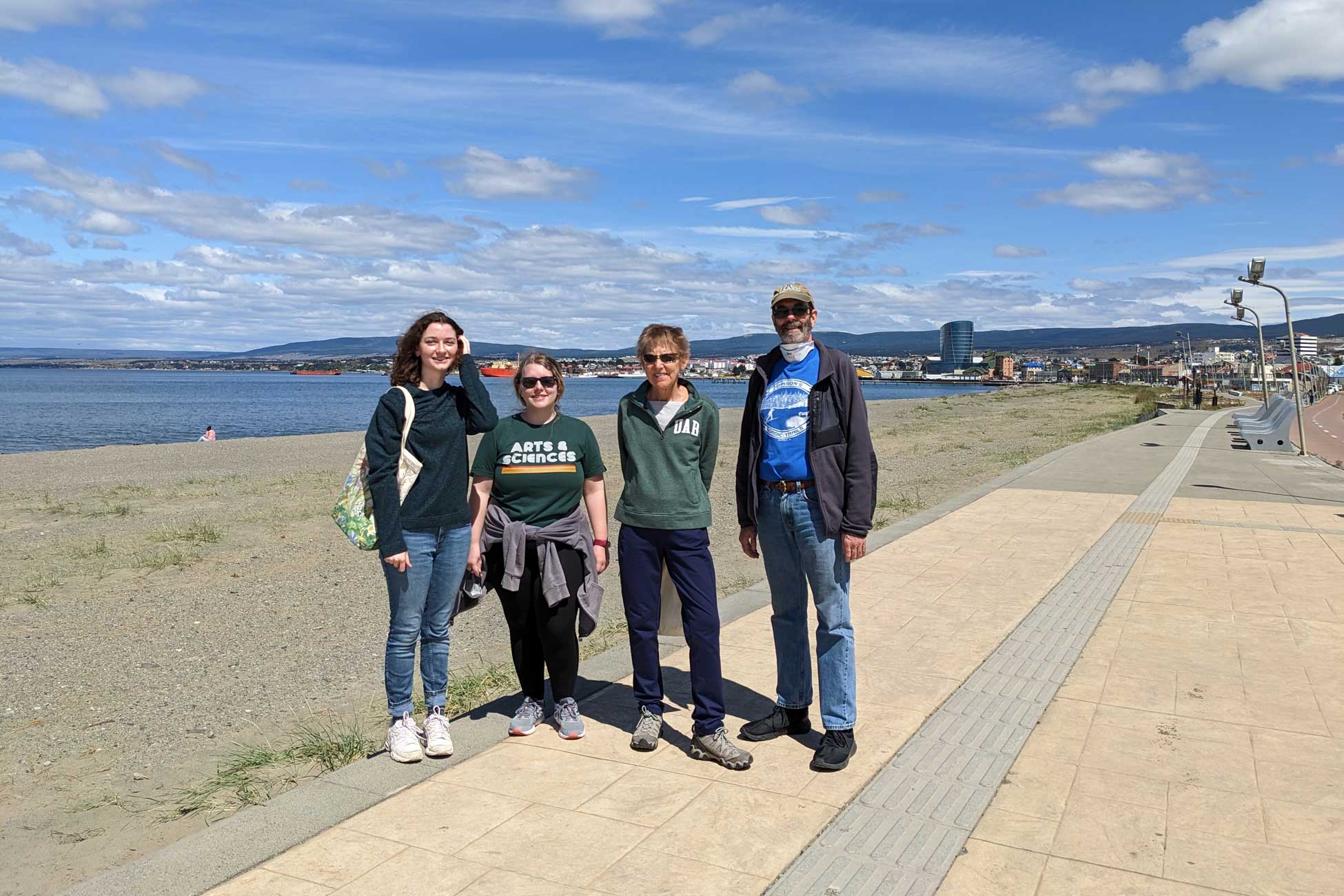 My parents and brother hugged me one last time before I left my family to join the line for TSA at the Huntsville Airport. We would see each other again, but that wouldn’t be until May, nearly five months from now.
My parents and brother hugged me one last time before I left my family to join the line for TSA at the Huntsville Airport. We would see each other again, but that wouldn’t be until May, nearly five months from now.
- Details
- Written by: Charles Amsler
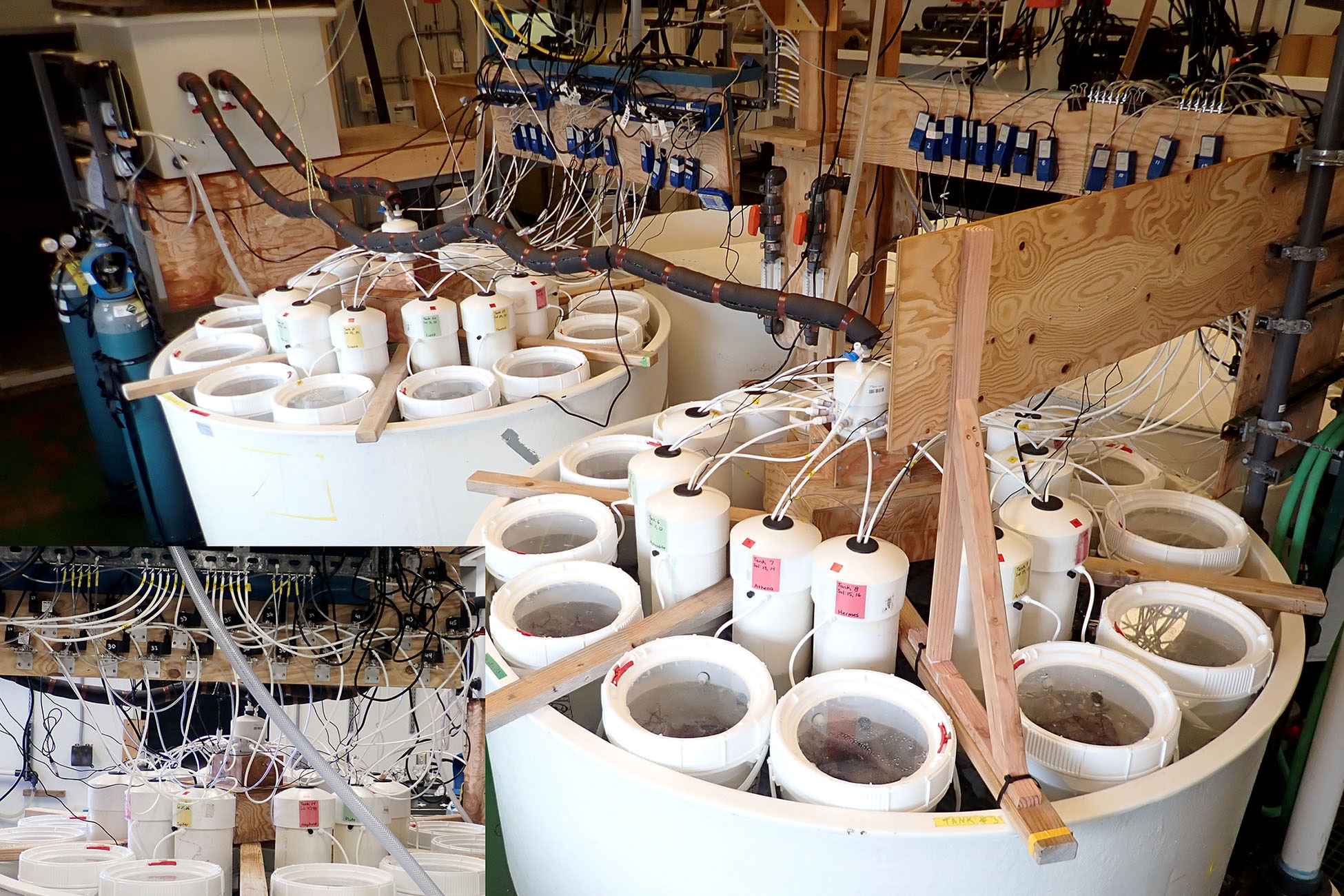 It was the evening of March 18th, 2020 at Palmer Station, Antarctica. As Station Science Leader (SSL), I had the luxury of my own office, and was there having a sobering conversation with Bob Farrell, the Station Manager and a long-time friend.
It was the evening of March 18th, 2020 at Palmer Station, Antarctica. As Station Science Leader (SSL), I had the luxury of my own office, and was there having a sobering conversation with Bob Farrell, the Station Manager and a long-time friend.
- Details
- Written by: Maggie Amsler
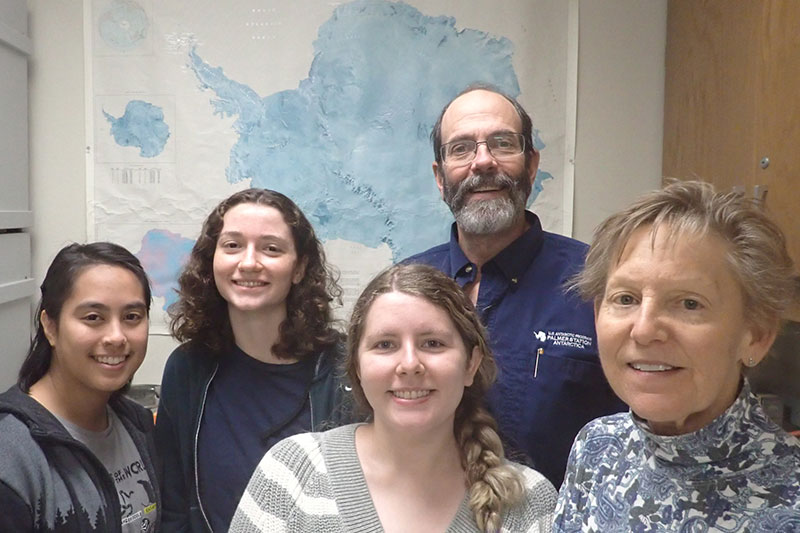 UAB Antarctica field team members meet on campus before heading south. Keep an eye on this page for the initial entry of the expedition. In the meantime, get to know the group by reading their bios in Meet the Team.
UAB Antarctica field team members meet on campus before heading south. Keep an eye on this page for the initial entry of the expedition. In the meantime, get to know the group by reading their bios in Meet the Team.- Details
- Written by: Maggie Amsler
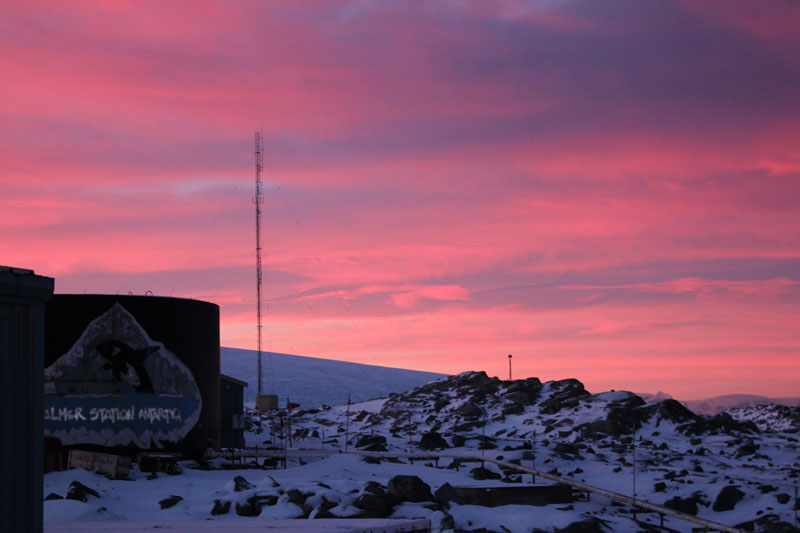
A mesmerizing symphony of pastel reds and blues entranced Palmer Station and many a camera the other morning. The shifting color palette not only soothed and appeased our gray-weary community; the lively color medley energized us as well. This was the undeniable dawn of a new day and in retrospect for me a harbinger of the coda – shifting, waiting in the wings….
- Details
- Written by: Sabrina Heiser
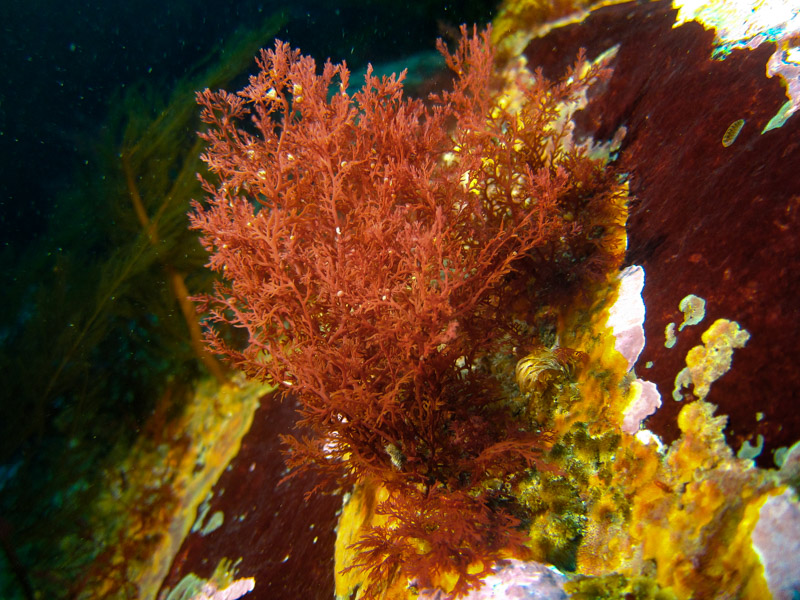
If you consult Wikipedia (I would not recommend it as a scientific source though) you will read that “a transect is a path along which one counts and records occurrences of the species of study (e.g. plants)”.
- Details
- Written by: Michelle Curtis

Naturalist = Student of natural history (the scientific study of observations of plants and animals).
Antarctica = The earth’s southernmost continent. Also, one of the most remote and pristine habitats dominated by natural flora and fauna and virtually untouched by humans.
- Details
- Written by: Jim McClintock

The UAB Antarctica team members, faculty, research associate, and graduate students, are all on the lookout to amplify the impact of our educational outreach program, or in the parlance of the National Science Foundation, ‘broaden our impacts.’ This may be accomplished in myriad ways.
- Details
- Written by: CJ Brothers
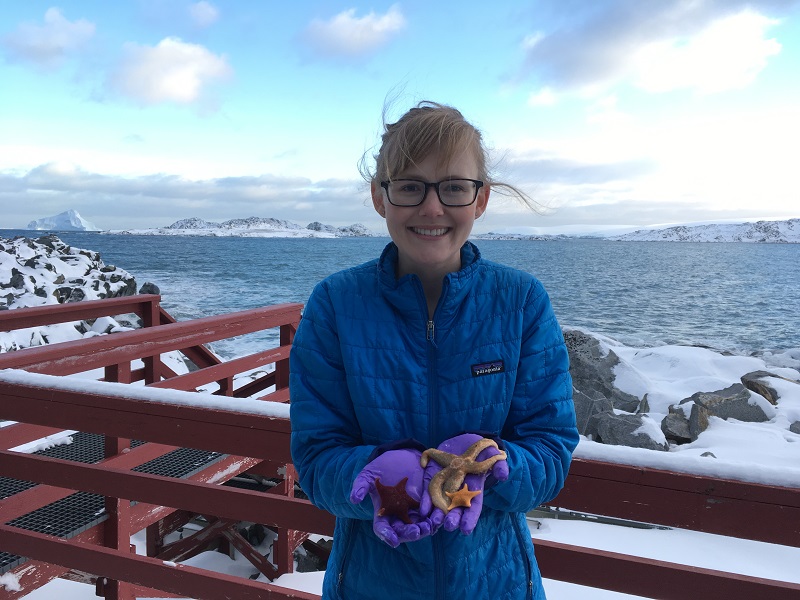
Sea stars are probably not the first animal you think of when you think about Antarctica. But, they are some of the most abundant animals in the shallow waters surrounding Palmer Station.
- Details
- Written by: Maggie Amsler
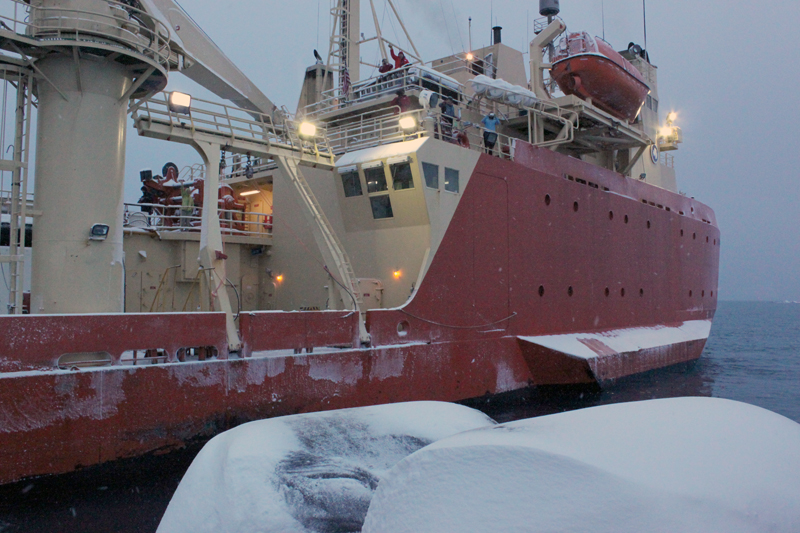
Recently, the Laurence M. Gould sailed north fulfilling the inevitable cycle of arriving at Palmer, making new friends, then months later sailing away. The departure scene is the same, though the names of those on the ship’s deck waving goodbye, sometimes tearfully, change. In June, our team members will be the ones on deck waving back
- Details
- Written by: Chuck Amsler

The Laurence M. Gould sailed north yesterday, taking with it 17 friends who have been sharing Palmer Station with us, some since we arrived in February, some for just the past few weeks. That brings the station population down to 27 from its normal maximum level of 44. While the station feels a bit more cozy now, even with 44 it still feels like a home away from home. And just like a family in our northern homes, everyone pitches in to take care of this one.
- Details
- Written by: Sabrina Heiser
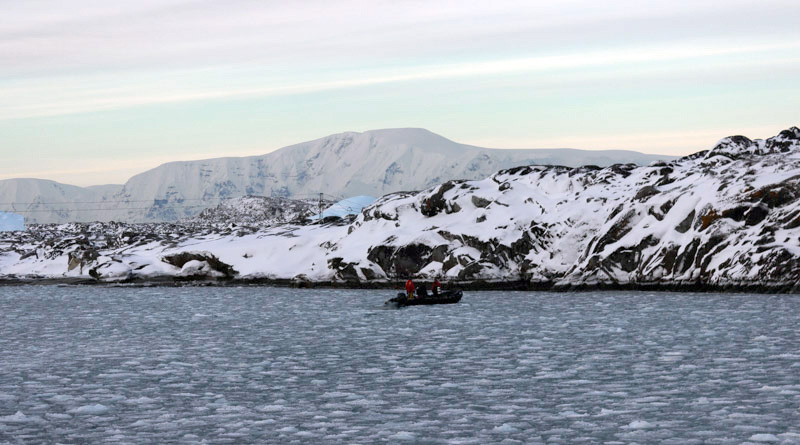
Palmer Station is a field base for science, surrounded by a magnificent landscape. However, what makes this place really special for me
- Details
- Written by: Michelle Curtis
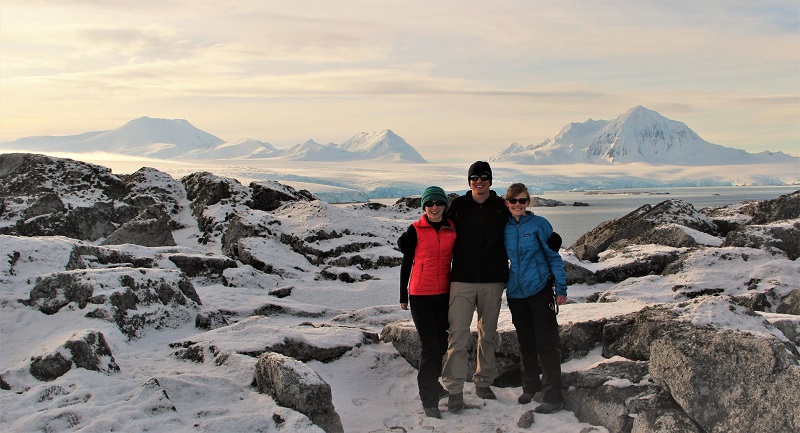
If you’ve been reading our blogs, you already know that Palmer Station is basically a wonderful slice of icy paradise. So, then what is it like to use your morning off to take a “vacation” from paradise?
- Details
- Written by: Jim McClintock
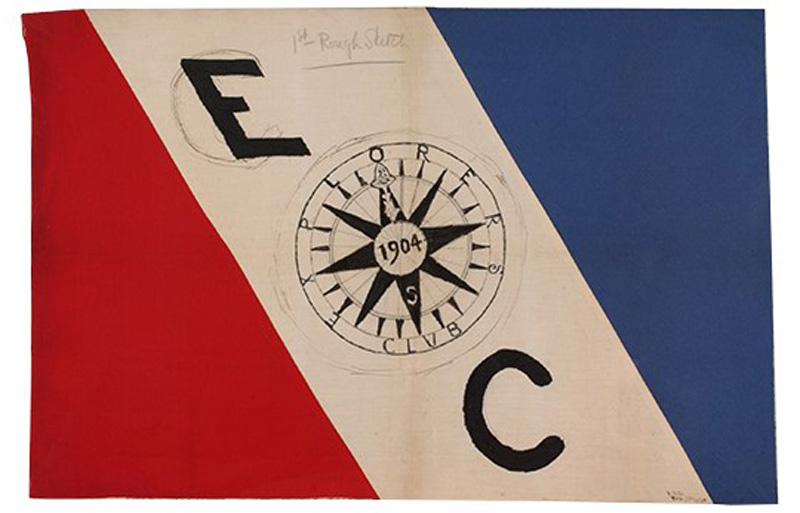
The Explorer’s Club, headquartered in an old majestic stone-crafted building in New York City, was established in 1904 to celebrate and encourage the exploration and study of our planet. The Explorer’s Club flag